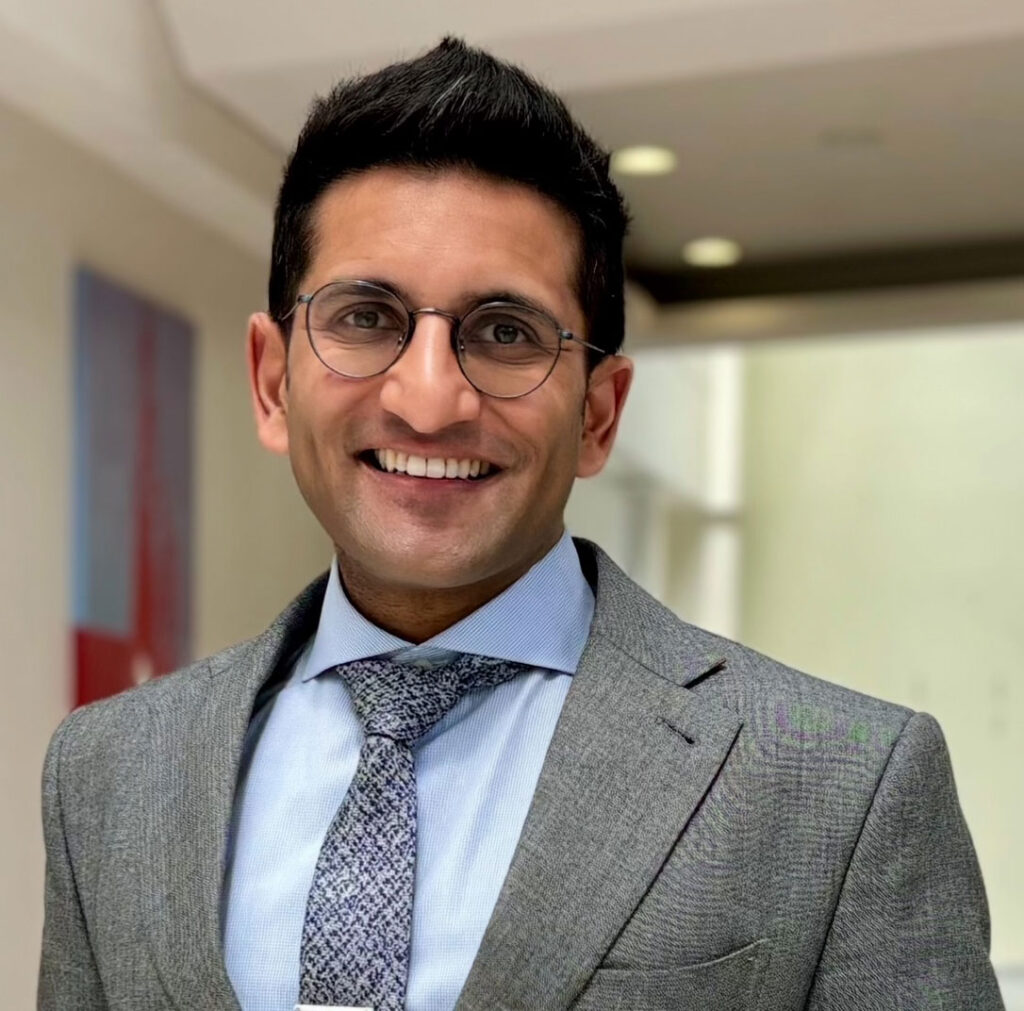Understanding the middle ear fluid
Middle ear fluid, medically known as otitis media with effusion (OME), occurs when fluid accumulates in the middle ear behind the eardrum without signs of an acute infection. This fluid can vary in consistency, from thin and watery to thick and sticky. The presence of this fluid can lead to symptoms, such as hearing loss and a sensation of fullness in the ear. While middle ear fluid often follows an ear infection, it can also develop independently due to other causes. Recognising these symptoms early can help in seeking timely assessment and management, especially in children.
Causes and risk factors
Middle ear fluid can result from several factors:
- Previous ear infections – fluid may remain even after the infection resolves
- Allergies and sinus infections – these can block the Eustachian tube, leading to fluid buildup
- Anatomical issues – a narrow or blocked Eustachian tube can hinder fluid drainage from the middle ear
- Respiratory infections – colds, flu, and other respiratory illnesses can contribute to fluid accumulation
- Acid reflux (GERD) – gastroesophageal reflux disease can cause stomach contents to reflux into the upper throat and nasopharynx. This irritation may affect the Eustachian tube’s function, leading to poor drainage and fluid buildup in the middle ear
Children are particularly susceptible to this condition due to their smaller Eustachian tubes and developing immune systems. Additional risk factors include family history and exposure to cigarette smoke or air pollution.
Please call to enquire about the price
Ways to payBefore surgery
Initial consultation
Diagnosing middle ear fluid usually starts with a comprehensive physical examination and a review of your or your child’s medical history. An ENT consultant often uses an otoscope, a small instrument, to inspect the eardrum for signs suggestive of fluid behind it, such as dullness, reduced mobility, or the presence of bubbles. Additionally, a tympanometry test may be conducted to assess eardrum mobility and measure the pressure within the middle ear.
In some situations, further evaluations, such as hearing tests, may be necessary to rule out other conditions that could be causing the symptoms. These diagnostic procedures help guide the development of the most appropriate treatment plan.
Preparing for surgery
You will receive specific instructions regarding fasting before surgery, typically requiring avoiding food and drink for several hours to reduce the risk of complications during anaesthesia.
It is essential to arrive on time and follow all preoperative instructions provided by your consultant.
During surgery
During surgery, the consultant makes a small incision in the eardrum to allow fluid to drain. This procedure is most commonly done in children under general anaesthesia, but in adults, it may sometimes be performed under local anaesthesia. The surgeon may place tiny tubes, called ear tubes or tympanostomy tubes, in the eardrum to help ventilate the middle ear and prevent fluid from reaccumulating. These tubes usually fall out on their own after several months as the eardrum heals.
The procedure is generally quick, often taking less than 30 minutes, and is considered safe with minimal risks. However, as with any surgery, there are potential complications, such as infection, scarring of the eardrum, or persistent ear drainage.
After surgery
Initial post-surgery care
After the surgery, the initial post-surgery care is crucial for a smooth recovery. You should closely monitor the affected ear for any signs of infection, such as redness, swelling, or persistent drainage. It is common for the ear to drain a small amount of fluid or blood shortly after the procedure, but this usually resolves within a few days. Keeping the ear dry is essential to prevent outer ear infections. Pain medication, such as ibuprofen, can be administered to relieve any discomfort. Follow-up appointments with your consultant will ensure the ear is healing correctly and that the ear tubes, if placed, are functioning as intended.
Long-term recovery
Long-term recovery involves regular monitoring to ensure the fluid does not reaccumulate and that the hearing improves. Most patients experience improvement in hearing and resolution of the sensation of fullness or muffled sounds. However, some cases may require additional treatment if fluid persists or if symptoms of glue ear develop. The ear tubes usually stay in place for several months and fall out naturally as the eardrum heals. During this period, maintaining good ear hygiene and avoiding exposure to cigarette smoke or other irritants can help prevent further ear infections. In some cases, hearing tests may be repeated to determine if additional interventions, such as hearing aids, are necessary.
Appointment and Treatment Plan
Initial Consultation
Your ENT uses an otoscope and may perform tympanometry or hearing tests to confirm fluid behind the eardrum and guide treatment.
Pre-operative Preparation
You’ll be given fasting instructions before surgery. Arrive on time and follow all pre-op guidance from your consultant.
Surgery
A small cut is made in the eardrum to drain fluid. Tiny ear tubes may be inserted to ventilate the middle ear. Done under general anaesthesia in kids; sometimes local in adults.
Immediate Post-surgery Care
Mild drainage is normal. Keep the ear dry and watch for infection. Pain relief like ibuprofen can be used. Attend follow-ups to check healing and tube function.
Long-term Recovery
Hearing usually improves. Tubes fall out naturally in a few months. Keep ears clean and avoid irritants. Further treatment may be needed if fluid returns.
Experts
We are proud to provide patients with access to a wide range of clinicians, chosen specifically for their knowledge and reputation in their area of expertise. Our experts align with our values: putting you at the centre of your care and educating you on your options at each step of the journey. We encourage you to learn more about our clinicians and how they can help you below. As always, please contact our patient services team if you require any additional information.
We offer 3 ways to pay for your treatment
We exist to take the stress out of private healthcare.
Our payment options are designed to offer you easy access to our treatments and services. You can choose to pay on the day, spread the cost, or use your private medical insurance.
Our patient services team will guide you through the process, providing clear costs and support throughout your course of treatment so you can focus on the thing that matters most – your health.
Whether you pay in advance, spread the cost, or use your private medical insurance, rest assured you will be receiving exceptional care 365 days a year.
Pay in Advance
Even if you do not have medical insurance, you can still get quick and comprehensive access to private medical care.
We provide transparent pricing from your initial consultation to the completion of your treatment so you know where your stand, every step of the way.
We accept all major debit and credit cards, as well as Apple Pay for UK residents. Please note that we do not accept cash or cheques.
Pay monthly
Paying for your treatment at OSD Healthcare doesn’t need to mean settling the full cost in one go.
Many of our treatments have a pay monthly option that allows you to spread the cost of your treatment over 12 months with no credit checks required.
A minimum spend of £300 does apply. We’ll take your first payment upfront and then arrange a direct debit for your monthly payments thereafter. It’s that simple.
Pay using PMI
We are recognised by all major health insurance companies and with our extensive range of services, there are lots of benefits to using your insurance with us. Our patient services team is here to answer any questions you may have about using your private health insurance with us.
Please bring along your policy details including your scheme details, membership or policy number, expiry date and confirmation of eligibility to claim (i.e. your authorisation number). If you do not have these details with you, we will require payment from you on the day. Patients are liable for any amounts not settled by their insurer.
FAQs
In many cases, middle ear fluid (OME) clears up on its own within a few weeks to months. The body gradually reabsorbs the fluid as the Eustachian tube function improves.
In specific cases, such as when allergies are contributing, treating the underlying cause may be beneficial. Always consult a healthcare provider before using any medication for this condition.
For middle ear fluid, techniques like the Valsalva manoeuvre (gently blowing while pinching your nose with your mouth closed), chewing gum, or yawning may help open the Eustachian tubes and equalise pressure.
If the fluid persists or affects hearing, an ENT specialist may recommend ear tubes (tympanostomy tubes) to help drain the fluid and ventilate the middle ear.
Yes, in most cases, middle ear fluid can clear on its own without the need for medical intervention. This is especially true when the fluid is thin and not causing significant hearing problems.
However, if the fluid persists for longer than 3 months, causes hearing loss, or affects speech development in children, a medical evaluation and treatment may be necessary, such as the placement of ear tubes.
There is no single medicine proven to “dry up” middle ear fluid effectively. While antibiotics may be used if there’s a confirmed bacterial infection, they are not effective for OME alone.
Treatment should be based on the underlying cause and always guided by a healthcare provider.


